We are a team of passionate exparts in thermal imaging technology, dedicated to providing innovative and reliable solutions for a wide range of industries. With years of experience in the field, we have established ourselves as a trusted partner for businesses looking to incorporate thermal imaging into their operation.
Shop NowOur thermal imaging equipment can be used for a variety of applications such as monitoring machinery and equipment in industrial settings, diagnostics in automotive industry, medical imaging, security surveillance, and environmental monitoring.
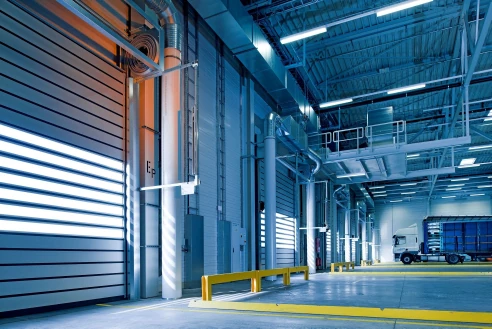
Thermal imaging technology has revolutionised the way industrial work is conducted, offering a powerful tool for non-contact monitoring and inspection of machinery and equipment. By detecting and measuring temperatures, thermal imaging can identify potential issues before they become major problems, reducing downtime and increasing efficiency.
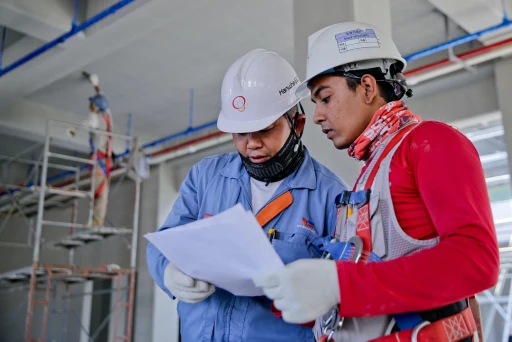
One of the main advantages of thermal imaging technology is its ability to monitor temperature changes in real-time, making it ideal for identifying areas of wear and tear in machinery and equipment. This allows for targeted repairs and maintenance, minimising the risk of costly breakdowns and malfunctions.
Moreover, thermal imaging can detect leaks in pipes and tanks, helping to prevent environmental damage and costly repairs. By identifying temperature changes in electrical systems, it can also detect hot spots and other potential fire hazards, allowing for timely repairs and mitigating the risk of equipment damage and injury.
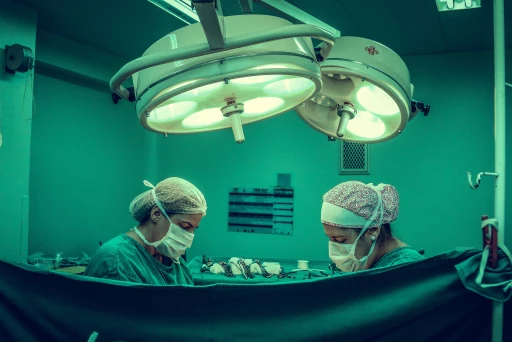
Thermal imaging is a valuable technology in the medical field, offering a non-invasive, radiation-free way to detect and monitor changes in temperature in the human body. It can be used to identify a range of medical conditions, including inflammation, infection, and blood flow disorders.
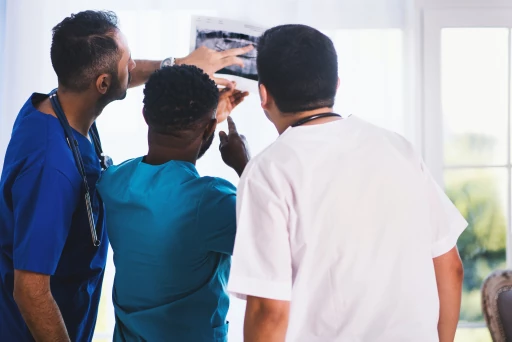
One of the key benefits of thermal imaging is its ability to detect changes in temperature that may not be visible to the naked eye. For example, it can detect inflammation and infection in soft tissue, which may not be apparent on a physical exam. By identifying these conditions early, thermal imaging can help doctors develop a more accurate diagnosis and treatment plan
Thermal imaging can also be used to monitor blood flow in the body. By detecting changes in skin temperature, it can identify areas of poor circulation, which may be indicative of underlying cardiovascular disease or other conditions. This can help doctors to identify potential health risks and develop preventative measures.
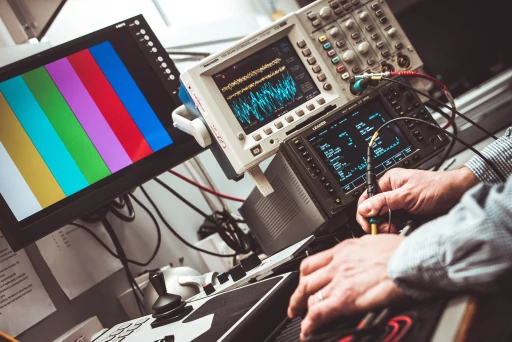
Thermal imaging technology is increasingly being used in the automotive industry to diagnose and identify potential issues before they become major problems. By detecting changes in temperature, thermal imaging can help mechanics and technicians pinpoint areas of wear and tear, identify loose connections, and detect other potential issues in vehicles.
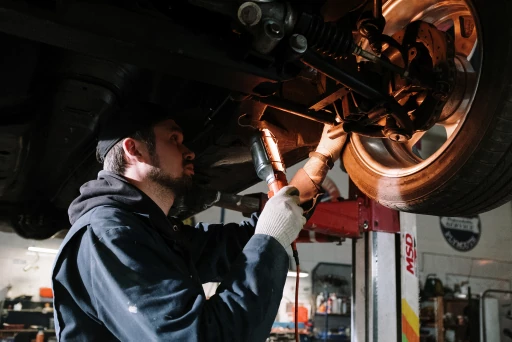
One of the key benefits of thermal imaging in automotive applications is its ability to detect temperature changes in real- time. This allows for quick and targeted repairs, minimising the risk of costly breakdowns and malfunctions. For example, thermal imaging can detect issues with brake systems, engines, and exhaust systems, which can help to ensure optimal vehicle performance and safety.
Thermal imaging can also be used to identify issues with electrical systems in vehicles, which can be difficult to diagnose using traditional methods. By detecting hot spots and other temperature anomalies, thermal imaging can help to identify potential fire hazards and other safety issues.
Browse Contact Us
Handheld thermal imaging devices can be used in a variety of safety applications to quickly and easily identify potential hazards and improve safety in a wide range of settings. With their portability and ease of use, they offer a powerful tool for safety professionals and workers to identify risks, prevent accidents, and protect people and property.
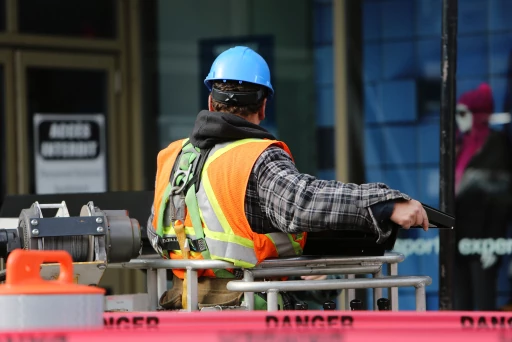
One of the most common uses of handheld thermal imaging is in firefighting. By detecting hot spots and other potential fire hazards in buildings, vehicles, and other structures, firefighters can quickly locate and extinguish fires, minimise damage, and protect people and property. Thermal imaging can also be used to identify trapped or missing individuals, allowing firefighters to focus their efforts on the areas of greatest need.
In transportation systems, handheld thermal imaging can be used to identify potential safety hazards on railways, bridges, and other transportation infrastructure. Thermal imaging can also be used to identify hot spots in engines and exhaust systems in vehicles, helping to prevent accidents and equipment failures.